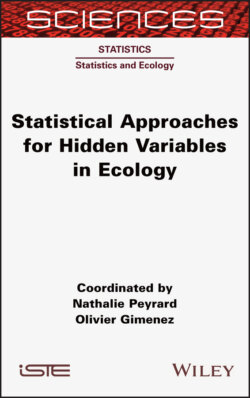Читать книгу Statistical Approaches for Hidden Variables in Ecology - Nathalie Peyrard - Страница 31
1.2.2.7. Choosing the number of activities
ОглавлениеThere are two very different approaches to choosing a number of behaviors or activities. The first is based on biological criteria, and a certain number of different behaviors may be identified. In the example of the red-footed booby, described later, a distinction is made between periods of rest, slow flight (corresponding to foraging) and rapid, direct flight, corresponding to trajectories between two points of interest.
Nevertheless, in the case of a new species or study environment, it can be hard to establish an initial idea of the number of hidden states; in this case, an approach based on statistical, rather than biological, criteria may be preferred. In statistics, this is known as a model choice problem, with “model” corresponding to a number of components.
One well-known model choice criterion is the Akaike information criteria (AIC) (Akaike 1973), which can be used to ensure that the number of parameters fits the data as well as possible. The aim is not simply to identify a parsimonious model, which fits the data; states need to be as different as possible, meaning that the problem is also one of classification. A new state should only be added if it is sufficiently distinct from other states. In this case, the integrated complete likelihood (ICL) criterion may be used (Biernacki et al. 2000; Bacci et al. 2014).
Given a set of estimated parameters for the model and a sequence of most probable states reconstructed using the Viterbi algorithm, for example, this criterion is defined thus:
where and d is the total number of free parameters in the model in question. Using this definition, the model which minimizes the ICL will be selected.
